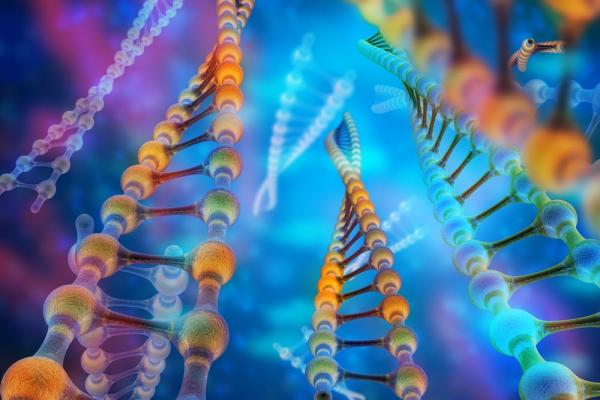
New research at the university of Pennsylvania shows the cells could fail because of shifts in how DNA folds inside a cellular‘s nucleus, stopping it from differentiating well into the kind of adult mobile meant.
IPSCs are cells taken from a person‘s frame, frequently the skin, and precipitated inside the lab to go back to their undifferentiated shape as stem cells. those cells are then stimulated to come to be the type of cell scientists need for tissues they are developing.
The lab-made stem cells had been used in research performed inside the remaining numerous monthsby myself for focused cancer remedies, develop functional coronary heart muscle and lab-grown pores and skin for burn sufferers, amongst many others.
Researchers within the new look at advocate the procedure of turning cells into IPSCs changes themanner DNA folds and retains some of the folds associated with their preceding kind, which can alsohave an effect on the manner DNA is expressed and motive other troubles.
“We know there’s a hyperlink between the topology of the genome and gene expression,” Jennifer Phillips-Cremins, an assistant professor at the school of engineering and and applied technology on the college of Pennsylvania, said in a press launch. “So this prompted us to explore how the genetic fabric is reconfigured in three dimensions in the nucleus for the duration of the reprogramming of mature mind cells to pluripotency. We discovered proof for sophisticated configurations that range in critical approachesamong iPS cells and embryonic stem cells.”
in the take a look at, published in cellular: Stem cell, the researchers used high-quality–decisionarchitecture maps to locate epigenetic markers associated with gene expression in embryonic stem cells, neural progenitor cells and brought about pluripotent stem cells derived from NPCs and examinedifferences in genes reconnecting to the right goals throughout cellular reprogramming.
They found a few IPSCs do not reconnect well, and advocate higher techniques — possibly the use ofrecords from their maps and others — to reconnect DNA in cells may want to improve their final results and use within the lab.
“We discovered marked variations most of the heatmaps we generated for every mobile type,” statedJonathan Beagan, a graduate student at the college of Pennsylvania. “Our observations are importantbecause they suggest that, if we are able to push the 3-D genome conformation of cells that we’re turning into IPSCs to be toward that of embryonic stem cells, then we are able to likely generate IPSCs thathealthy gold-widespread pluripotent stem cells extra hastily and successfully.”



